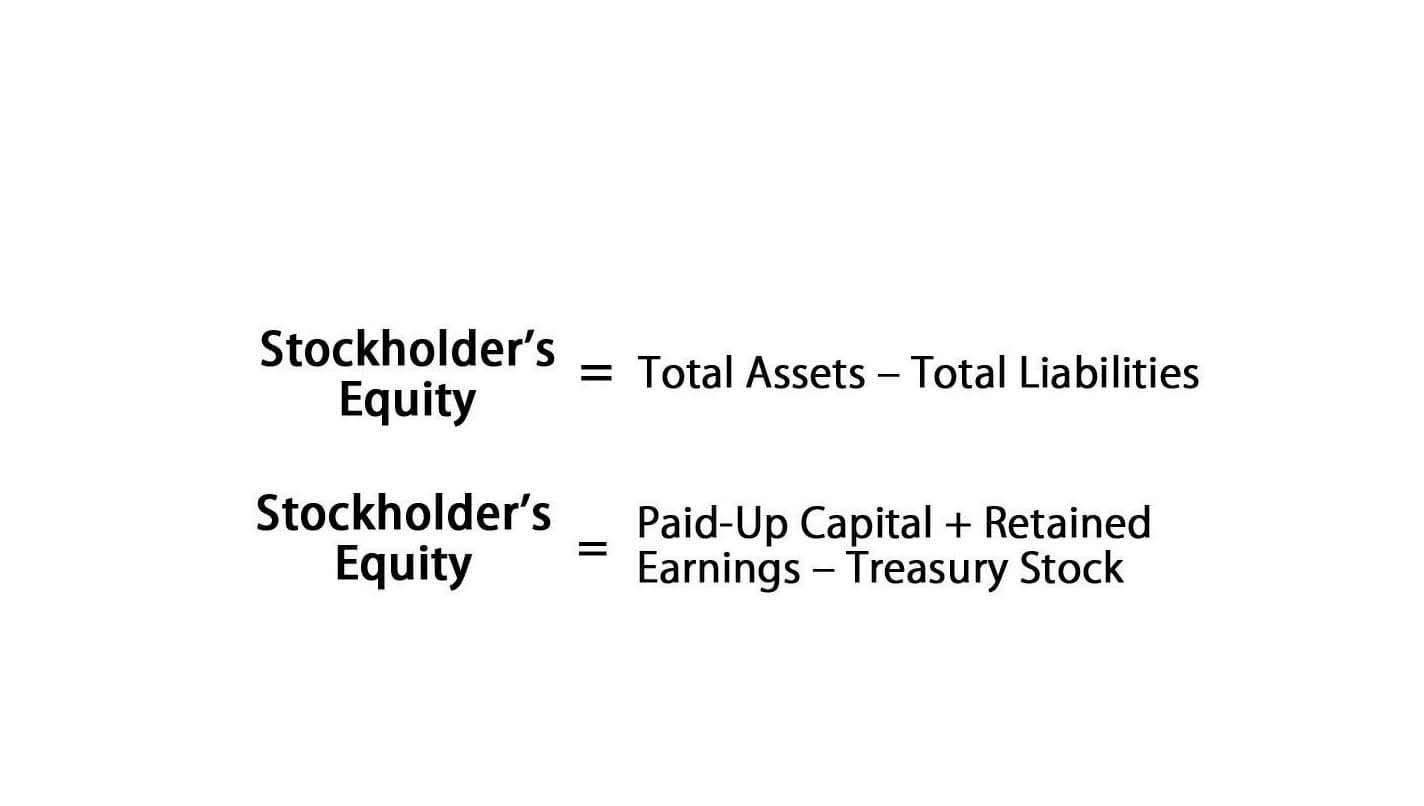
It can also be an invaluable tool for deciding which products may have the highest profitability, particularly when those products use equivalent resources. In general, the higher the contribution margin ratio, the better, with negative numbers indicating a loss on every unit produced. Understanding financial metrics is crucial for businesses aiming to optimize profitability and make informed decisions.
- Now, this situation can change when your level of production increases.
- Furthermore, a higher contribution margin ratio means higher profits.
- The formula to calculate the contribution margin is equal to revenue minus variable costs.
- Accordingly, the contribution margin per unit formula is calculated by deducting the per unit variable cost of your product from its per unit selling price.
Determine Net Sales
- By downloading this guide, you are also subscribing to the weekly G2 Tea newsletter to receive marketing news and trends.
- And to understand each of the steps, let’s consider the above-mentioned Dobson example.
- This concept is especially helpful to management in calculating the breakeven point for a department or a product line.
- If the total contribution margin earned in a period exceeds the fixed costs for that period, the business will make a profit.
- While there are plenty of profitability metrics—ranging from the gross margin down to the net profit margin—the contribution margin metric stands out for the analysis of a specific product or service.
- The contribution margin ratio is also known as the profit volume ratio.
For instance, direct material cost and direct labor cost are the costs that can be directly allocated with producing your goods. The Contribution Margin is the incremental profit earned on each unit of product sold, calculated by subtracting direct variable costs from revenue. The product revenue and number of products sold can be divided to determine the selling price per unit, which is $50.00 per product. In 2022, the product generated $1 billion in revenue, with 20 million units sold, alongside $400 million in variable costs. The resulting ratio compares the contribution margin per unit to the selling price of each unit to understand the specific costs of a particular product.
Strategies to Reduce Inventory Holding Costs in 2024
- Reducing these costs increases the ratio and improves profitability.
- On the other hand, the gross margin metric is a profitability measure that is inclusive of all products and services offered by the company.
- Striking this balance demands a deep understanding of market dynamics and consumer behavior to align pricing decisions with broader business objectives.
- The 60% CM ratio implies the contribution margin for each dollar of revenue generated is $0.60.
- The concept of this equation relies on the difference between fixed and variable costs.
- The companies that operate near peak operating efficiency are far more likely to obtain an economic moat, contributing toward the long-term generation of sustainable profits.
Contribution Margin refers to the amount of money remaining to cover the fixed cost of your business. That is, it refers to the additional money that your business generates after deducting the variable costs of manufacturing your products. Management uses the contribution margin in several different forms to Accounting for Marketing Agencies production and pricing decisions within the business. This concept is especially helpful to management in calculating the breakeven point for a department or a product line. Management uses this metric to understand what price they are able to charge for a product without losing money as production increases and scale continues.
Contribution margin vs. gross margin

We’ll next calculate the contribution margin and CM ratio in each of the projected periods in the final step. The greater the contribution margin (CM) of each product, the more profitable the company is going to be, with more cash available to meet other expenses — all else being equal. The insights derived post-analysis can determine the optimal pricing per product based on the implied incremental impact that each potential adjustment could have on its growth profile and cm ratio profitability.
Contribution Margin Ratio Calculation Example
Managerial accountants also use the contribution margin ratio how is sales tax calculated to calculate break-even points in the break-even analysis.

